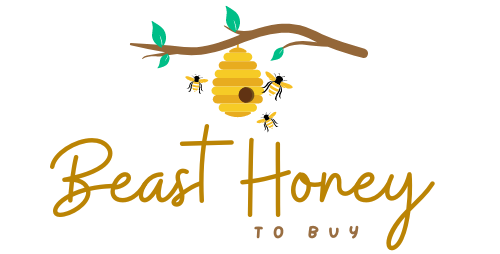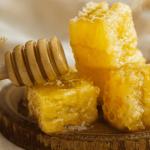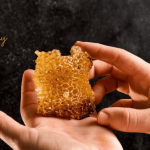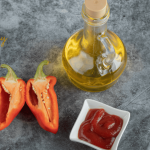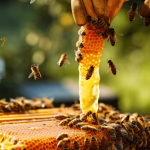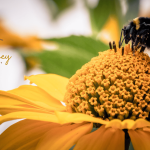Raw honey is a delicious, natural sweetener.
But is it good for the planet? With growing concerns about sustainability, many people wonder about the environmental impact of their food choices.
Raw honey, produced by bees and harvested by beekeepers, has a unique story. In this blog post, I’ll explore whether raw honey is sustainable, its environmental benefits, and its challenges. I’ll also share tips on choosing eco-friendly honey. Let’s dive into the sweet world of raw honey and its impact on our planet!
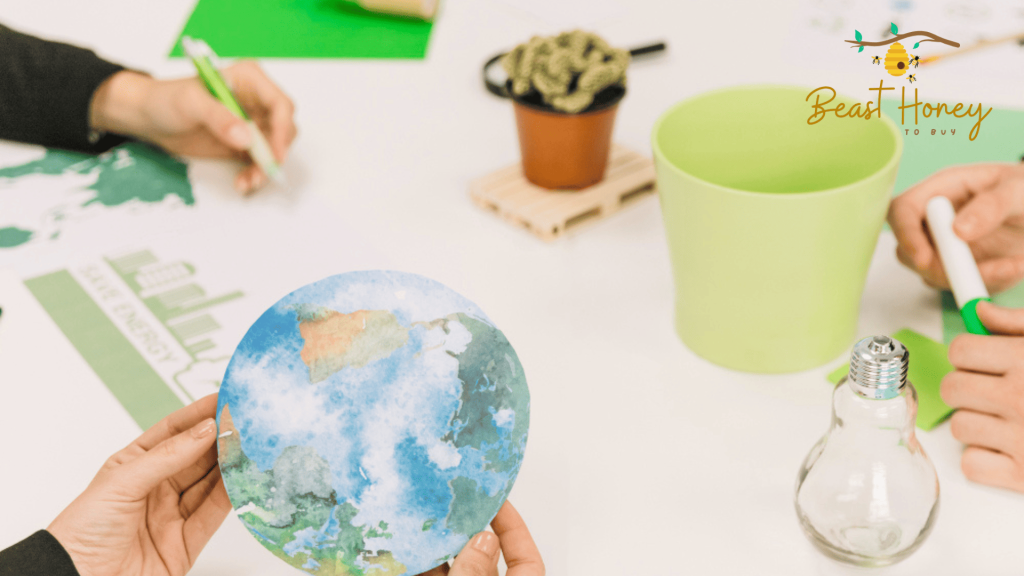
What Is Raw Honey?
Raw honey is honey straight from the beehive. It’s unprocessed, meaning it’s not heated or heavily filtered. This keeps its natural nutrients, enzymes, and flavor intact. Unlike regular honey, raw honey often comes from small, local beekeepers who prioritize quality. But how does this process affect the environment? Let’s break it down.
Why Raw Honey Matters
- Natural Product: Contains no artificial additives or preservatives.
- Supports Bees: Harvesting raw honey encourages beekeeping, which helps pollinators.
- Local Focus: Often sourced from nearby apiaries, reducing transport emissions.
- Nutrient-Rich: Packed with antioxidants and potential health benefits.
The Environmental Benefits of Raw Honey
Raw honey production can be good for the environment. Bees and beekeepers play a big role in supporting ecosystems. Here’s how raw honey contributes to sustainability.
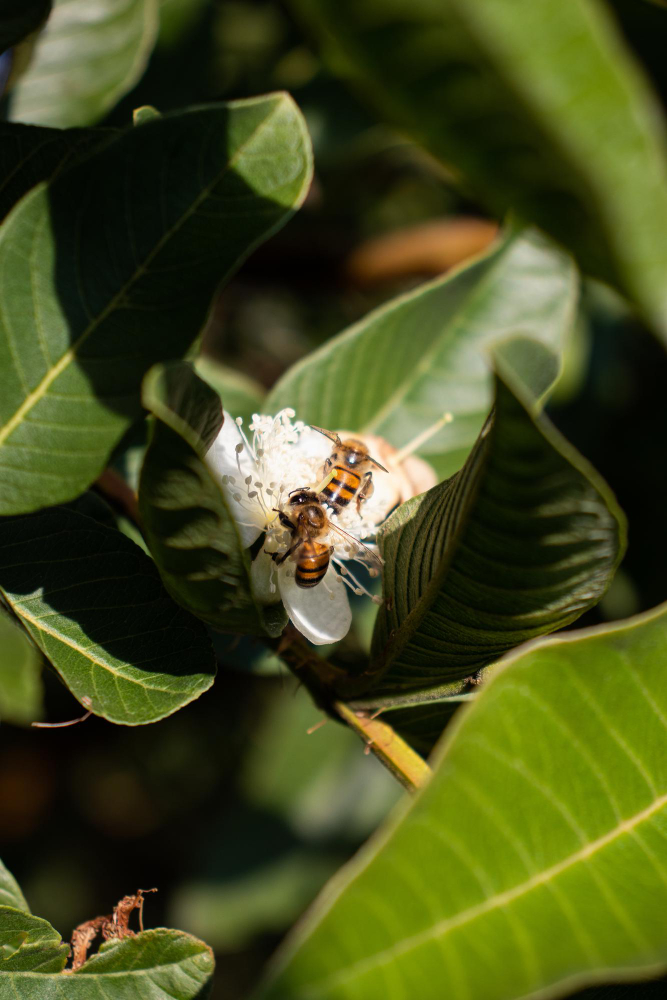
1. Supports Pollination
Bees are nature’s superheroes. They pollinate about 70% of global crops, like fruits, vegetables, and nuts. Without bees, our food supply would struggle. Raw honey production supports beekeepers who maintain healthy hives, ensuring bees keep pollinating.
- Example: A local beekeeper’s hives near an apple orchard boost the farmer’s yield by pollinating trees.
- Impact: Healthy bee populations support biodiversity and food security.
2. Encourages Sustainable Beekeeping
Many raw honey producers use eco-friendly practices. They avoid harmful pesticides and prioritize bee health. Buying raw honey supports these beekeepers, who often care deeply about the environment.
- Example: A beekeeper I met uses organic pest control to protect her hives, reducing chemical runoff.
- Impact: Sustainable practices protect soil, water, and wildlife.
3. Low Carbon Footprint
Local raw honey has a smaller carbon footprint than mass-produced honey. It’s often sold at farmer’s markets or small stores, cutting down on transport emissions. In contrast, commercial honey may travel thousands of miles, burning fossil fuels.
- Example: Buying a jar of raw honey from a nearby market means less fuel used compared to imported supermarket honey.
- Impact: Choosing local reduces greenhouse gas emissions.
4. Minimal Processing
Raw honey skips the heavy processing of commercial honey. It’s not heated or ultra-filtered, which saves energy. This makes it a more eco-friendly choice compared to processed foods.
- Example: A local beekeeper simply strains raw honey to remove debris, using no electricity-heavy machines.
- Impact: Less processing means lower energy use and waste.
Environmental Challenges of Raw Honey
While raw honey has many benefits, it’s not perfect. Beekeeping and honey production face challenges that can impact sustainability. Understanding these helps us make better choices.
1. Bee Health Risks
Bees face threats like pests, diseases, and pesticides. Varroa mites, for example, can wipe out hives. Some beekeepers use chemicals to control pests, which can harm bees or the environment if not managed carefully.
- Challenge: Chemical treatments may pollute nearby soil or water.
- Solution: Support beekeepers who use organic or natural pest control methods.
2. Land Use
Beekeeping requires space for hives and access to flowering plants. In some cases, land clearing for apiaries or monoculture crops (like almonds) can harm ecosystems. This is more common with large-scale operations than small, local ones.
- Challenge: Large apiaries may reduce wild plant diversity.
- Solution: Choose honey from beekeepers who place hives in diverse, natural areas.
3. Overharvesting
Taking too much honey from hives can starve bees, especially in winter. Responsible beekeepers leave enough honey for the bees to survive. Overharvesting is more common in commercial operations than with small raw honey producers.
- Challenge: Greedy harvesting weakens bee colonies.
- Solution: Buy from beekeepers who prioritize bee welfare.
4. Transport for Large-Scale Honey
While local raw honey is low-impact, some raw honey is shipped long distances. This increases its carbon footprint, especially if it’s packaged in plastic or non-recyclable materials.
- Challenge: Imported raw honey may contribute to emissions.
- Solution: Stick to local sources to minimize transport.
Is Raw Honey Sustainable?
So, is raw honey sustainable? The answer is: it depends. Raw honey from local, small-scale beekeepers using eco-friendly practices is highly sustainable. It supports bees, pollination, and local economies while keeping emissions low. However, raw honey from large-scale or irresponsible operations may have negative impacts, like chemical use or overharvesting. The key is to choose wisely.
A Personal Story
Last year, I visited a local beekeeper at a farmer’s market. She explained how her small apiary supports wildflowers and nearby farms. Her raw honey was delicious, and I felt good knowing my purchase helped her bees and the environment. Since then, I’ve made it a habit to buy local raw honey—it’s a small step that feels impactful.
How to Choose Sustainable Raw Honey
Want to make sure your honey is eco-friendly? Here are tips to pick the most sustainable options:
- Buy Local: Choose honey from beekeepers within 50–100 miles to reduce transport emissions.
- Look for Raw: Check for “raw” or “unfiltered” on labels to ensure minimal processing.
- Ask About Practices: Inquire if the beekeeper uses organic pest control or leaves enough honey for bees.
- Support Small Beekeepers: Small-scale producers are more likely to prioritize sustainability.
- Check Packaging: Opt for honey in glass jars or recyclable containers.
Where to Find Sustainable Raw Honey
- Farmer’s Markets: Chat with beekeepers to learn about their methods.
- Local Farms: Many apiaries sell directly or offer pick-up options.
- Health Food Stores: Look for local or small-batch raw honey on shelves.
- Online: Sites like LocalHoneyFinder.org or small brands on Amazon list sustainable options.
Ways to Use Raw Honey Sustainably
Raw honey is versatile. Here are eco-friendly ways to enjoy it:
- In Tea: Stir into herbal tea instead of sugar to cut down on processed sweeteners.
- On Toast: Spread on homemade bread to support local bakeries.
- In Recipes: Use in baking or dressings to replace refined sugars.
- As a Gift: Package in reusable jars for eco-conscious holiday presents.
Example: Honey-Oat Granola
Mix ¼ cup raw honey with oats, nuts, and dried fruit. Bake at 300°F for 20 minutes. This sustainable snack uses natural ingredients and avoids processed sugars.
Spreading the Word
You can help make raw honey more sustainable by sharing its benefits
- Tell Friends: Recommend local beekeepers to others.
- Post Online: Share your honey purchases with #SustainableHoney or #SupportBeekeepers.
- Support Policies: Advocate for laws protecting pollinators and sustainable beekeeping.
- Plant Flowers: Grow bee-friendly plants like lavender or clover in your garden.
Frequently Asked Questions
Is all raw honey sustainable?
Not always. Local, small-scale raw honey is usually sustainable, but large-scale or imported honey may have a bigger environmental impact.
Can raw honey help the environment?
Yes! It supports beekeepers who maintain healthy hives, which boosts pollination and biodiversity.
How do I know if a beekeeper is eco-friendly?
Ask about their pest control methods, hive placement, and harvesting practices. Look for organic or natural approaches.
Is raw honey better than regular honey?
Raw honey is less processed, keeping more nutrients and flavor. It’s often more sustainable, especially if local.
How do I store raw honey?
Keep it in a cool, dry place in an airtight jar. It lasts years but may crystallize—warm gently to restore smoothness.
Final Thoughts
Raw honey can be a sustainable choice, especially when sourced locally from responsible beekeepers. It supports bees, pollination, and eco-friendly practices while offering delicious, healthy benefits. By choosing local raw honey, you’re helping the planet and small businesses. Next time you’re shopping, pick up a jar from a nearby beekeeper. It’s a sweet way to make a difference!
Have you tried local raw honey? Share your thoughts or favorite sources in the comments. Let’s keep the planet buzzing!
For more information, visit , https://besthoneytobuy.com/
